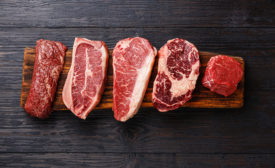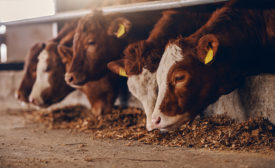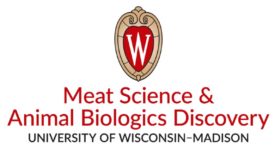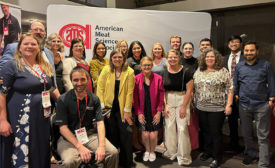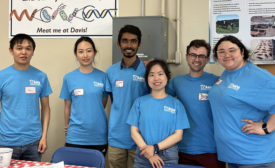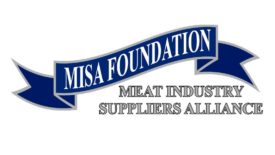Home » Keywords: » meat science
Items Tagged with 'meat science'
ARTICLES
Nearly 2,300 meat scientists represent university research and teaching institutions, government and meat processing, packaging, equipment, ingredient and service companies in the United States and internationally.
Read More
American Meat Science Association offers technical assistance to meat processors
Four-pronged funding effort leverages the expertise of AMSA staff and our more than 2,500 members.
Read More
UW-Madison still accepting applications for the Master Meat Crafter Training Program
Program aims to provide participants with knowledge of meat science, food safety, and meat processing principles.
Read More
Arkansas meat science program harbors national aspirations
The meat science department has been rebuilding programs and revitalizing its curriculum.
Read More
Northwest Missouri State University prioritizes profession-based learning in meat science
Northwest’s Agricultural Learning Center allows for numerous hands-on learning opportunities for undergraduates studying meat and food science.
Read More
The Colvin Scholarship Fund awards 23 recipients $81,500
The fund reaches a record-breaking, lifetime $500,000 in awards to students improving the beef industry.
Read More
Meat Industry Suppliers Alliance Foundation announces scholarship recipients for 2023–24 school year
MISA Foundation awards nine $10,000 scholarships.
Read More
EVENTS
Get our new eMagazine delivered to your inbox every month.
Stay in the know with The National Provisioner's comprehensive coverage of the meat and poultry processing industry.
SUBSCRIBE TODAY!Copyright ©2024. All Rights Reserved BNP Media.
Design, CMS, Hosting & Web Development :: ePublishing

